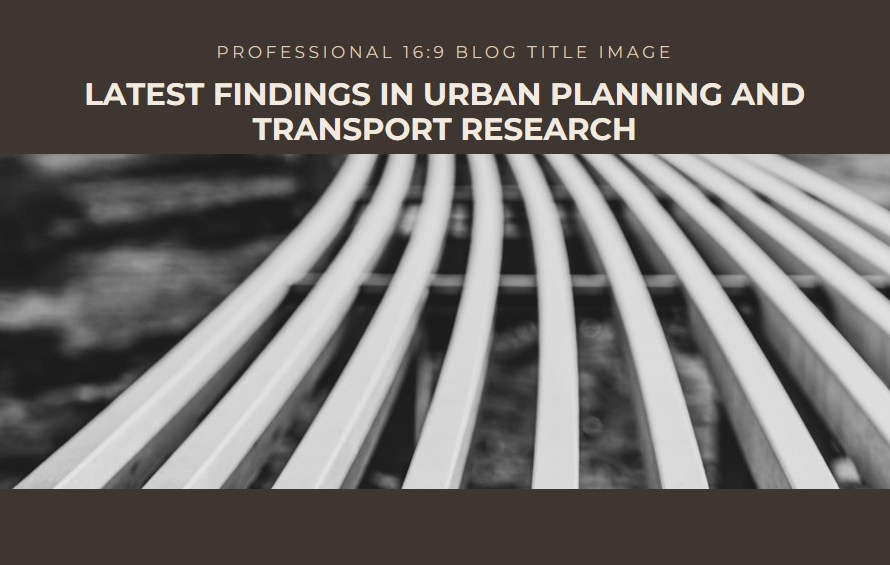
Table of Contents
Introduction to Sustainable Transportation
In an era marked by environmental concerns and burgeoning urbanization, the imperative for sustainable transportation solutions has never been more pressing. As we stand at the crossroads of progress, it is crucial to prioritize initiatives that not only address our immediate needs but also pave the way for a greener and more equitable future. Sustainable transportation encompasses a spectrum of strategies, from promoting active mobility to investing in public transit and advancing the adoption of electric vehicles. This blog post delves into the multifaceted realm of sustainable transportation, exploring the strategies, challenges, and benefits inherent in building for the future.
The Importance of Sustainable Transportation
At the heart of the sustainable transportation movement lies the recognition of its pivotal role in mitigating climate change and fostering environmental stewardship. Traditional modes of transportation, characterized by fossil fuel dependency and carbon emissions, have exacted a heavy toll on the planet, contributing significantly to air pollution and global warming. By transitioning towards sustainable alternatives, such as cycling, walking, and utilizing electric vehicles, we can reduce our carbon footprint and chart a course towards a more sustainable future. Furthermore, sustainable transportation initiatives hold the promise of enhancing public health by promoting active lifestyles and reducing the prevalence of sedentary behaviors associated with automobile-centric societies.
Investing in Infrastructure: The Backbone of Sustainable Transportation
Central to promoting sustainable transportation is the development of robust infrastructure tailored to accommodate diverse modes of mobility. Investing in cycling lanes, pedestrian walkways, and comprehensive public transit systems not only fosters accessibility but also incentivizes individuals to opt for eco-friendly modes of transportation. Moreover, integrating smart technology and innovative design concepts into infrastructure projects can optimize efficiency and enhance the overall user experience. As cities grapple with burgeoning populations and escalating traffic congestion, strategic investments in infrastructure are indispensable for realizing the vision of sustainable urban mobility.
Public Transit: A Catalyst for Change
Public transit emerges as a linchpin in the quest for sustainable transportation solutions, offering a viable alternative to individual car ownership and reducing traffic congestion. By expanding and improving public transit networks, cities can provide citizens with affordable, efficient, and environmentally friendly transportation options. Initiatives such as bus rapid transit (BRT) systems and light rail networks not only bolster connectivity but also serve as catalysts for urban revitalization and economic development. Moreover, prioritizing the accessibility and inclusivity of public transit ensures that all segments of society, including marginalized communities, can reap the benefits of sustainable mobility.


Promoting Active Mobility: Walking and Cycling Initiatives
Encouraging active modes of transportation, such as walking and cycling, lies at the crux of fostering sustainable urban mobility. Beyond reducing carbon emissions and alleviating traffic congestion, walking and cycling initiatives offer myriad benefits, including improved public health outcomes and enhanced community connectivity. Investing in pedestrian-friendly infrastructure, such as sidewalks and crosswalks, fosters walkable neighborhoods and promotes pedestrian safety. Similarly, developing dedicated cycling lanes and bike-sharing programs incentivizes individuals to embrace cycling as a viable mode of transportation for short to medium-distance trips. By prioritizing active mobility, cities can cultivate vibrant, resilient communities that prioritize human-centric urban design.
Electric Vehicles: Driving Towards a Greener Future
The proliferation of electric vehicles (EVs) represents a pivotal stride towards decarbonizing the transportation sector and mitigating the adverse impacts of climate change. With advancements in battery technology and the expansion of charging infrastructure, EVs offer a compelling alternative to traditional internal combustion engine vehicles. Beyond reducing greenhouse gas emissions, widespread adoption of EVs holds the potential to revolutionize the automotive industry, spurring innovation and job creation in the burgeoning clean energy sector. However, to realize the full potential of electric vehicles, concerted efforts are needed to address challenges such as range anxiety, affordability, and the environmental footprint of battery production and disposal.
Policy and Governance: Catalyzing Sustainable Transformation
Effective policy frameworks and governance structures play a pivotal role in catalyzing the transition towards sustainable transportation systems. Governments at the local, regional, and national levels must enact legislation and regulations that incentivize the adoption of eco-friendly modes of transportation while disincentivizing unsustainable practices. Measures such as congestion pricing, fuel efficiency standards, and incentives for electric vehicle purchases can steer consumer behavior towards more sustainable choices. Furthermore, fostering collaboration between public and private stakeholders is essential for leveraging resources and expertise towards shared sustainability goals.
Challenges and Opportunities on the Horizon
While the trajectory towards sustainable transportation is promising, it is not devoid of challenges. From entrenched car-centric urban planning paradigms to the inertia of vested interests in the fossil fuel industry, numerous obstacles stand in the path of progress. However, each challenge presents an opportunity for innovation and collaboration. By harnessing the collective ingenuity of policymakers, urban planners, businesses, and citizens, we can surmount these hurdles and forge a path towards a more sustainable and resilient future. Moreover, the transition towards sustainable transportation holds the promise of creating new economic opportunities, fostering social equity, and enhancing the quality of life for present and future generations.
Conclusion: Charting a Course Towards Sustainable Mobility
As we navigate the complex terrain of urbanization and environmental degradation, the imperative of sustainable transportation looms large on the horizon. Building for the future necessitates a holistic approach that transcends narrow interests and embraces the principles of equity, resilience, and environmental stewardship. By investing in infrastructure, promoting public transit, encouraging active mobility, and embracing electric vehicles, we can lay the groundwork for a more sustainable and inclusive society. As stewards of the planet, we are tasked with the responsibility of charting a course towards a future where mobility is not only efficient and accessible but also harmonious with the natural world. The journey towards sustainable transportation may be arduous, but the destination—a cleaner, greener, and more equitable world—is undeniably worth the effort.


